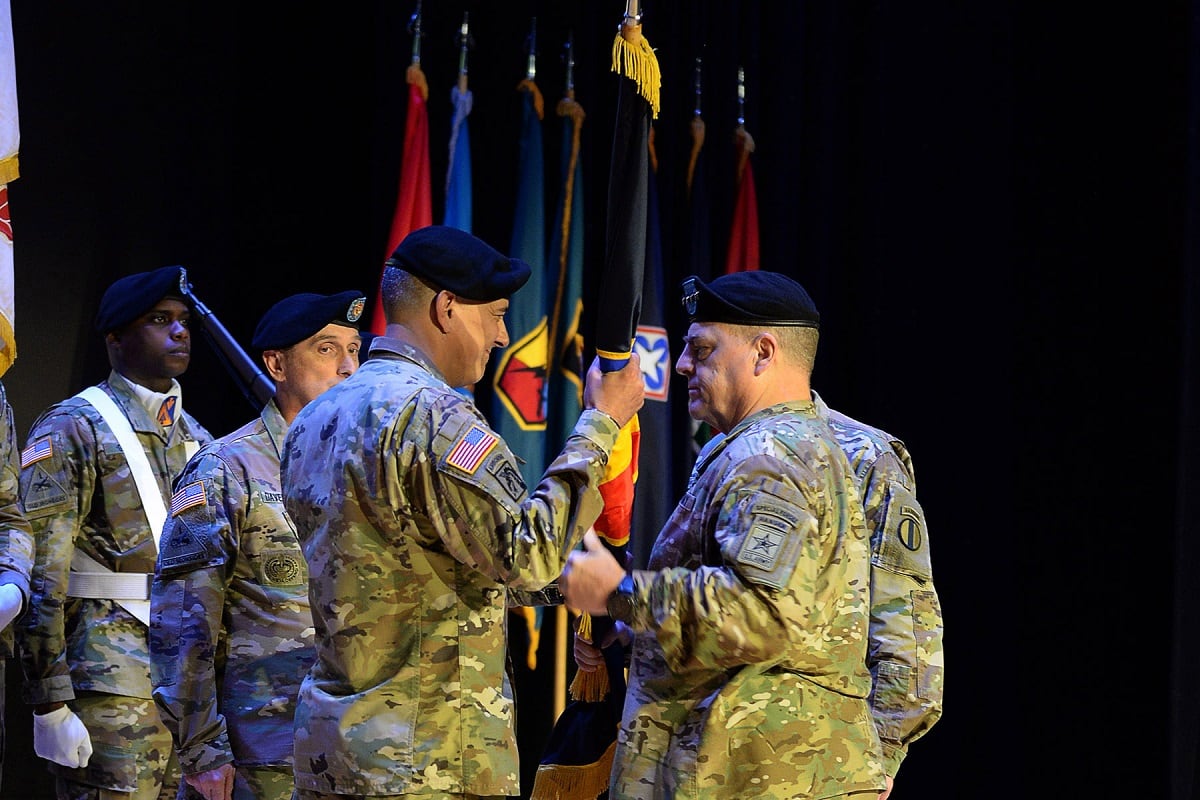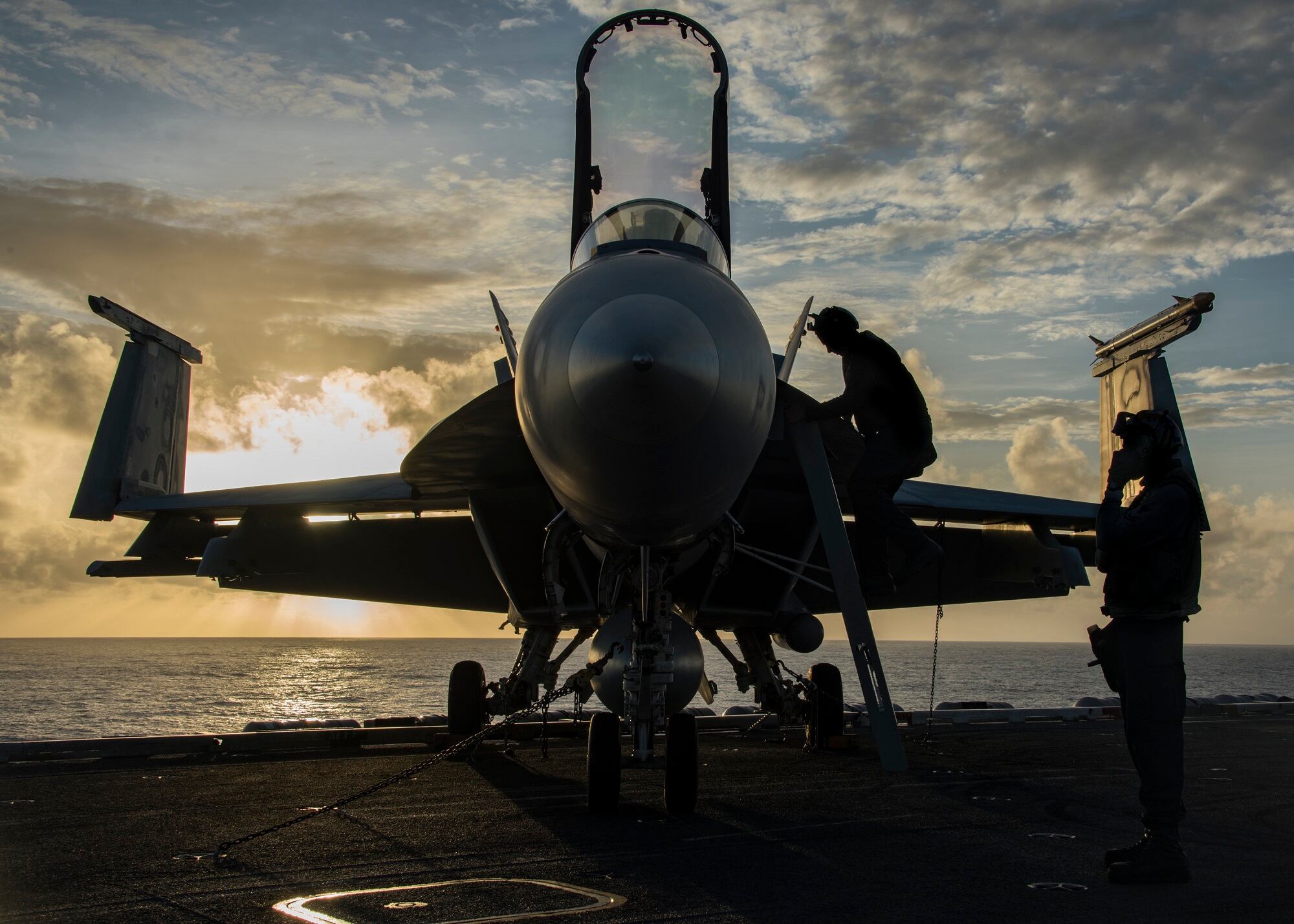The Army, in coordination with the Marine Corps, is developing new ways to fight in a “multi-domain” environment and to synchronize capabilities seamlessly across land, air, sea, space and cyber. The Air Force is pursuing a similar effort called multi-domain command and control.
But part of bringing these capabilities together could lead to breaking down silos between the services and creating a more collaborative, joint effort throughout the Department of Defense than exists today.
RELATED

During a recent symposium on multi-domain operations, one participant raised concerns about how this might play out.
“Are we willing to dismantle things like the [marine air ground task force], carrier strike group,” or other similar service-specific constructs in favor of a joint multi-domain construct, the person asked.
The symposium was held by the Army this week with participants from across the joint force, multi-national partners, industry and academia. C4ISRNET attended the event, which was conducted under Chatham House rules, meaning the comments by participants were not for attribution to allow for freer discussion.
Multi-domain operations also challenge the idea that combatant commands are responsible for seeing a battlefield theater in its entirety.
Capabilities such as space, cyber and information transcend these geographic boundaries and formations. One participant noted that when nominating space or cyber targets for a specific mission, those targets might be outside the mission area if they are in space or if DoD is conducting command and control remotely.
RELATED

As such, military leaders must start thinking about whether current operational command and control constructs are correct and how certain capabilities can operate independently of joint commands, some participants said.
So-called multi-domain capabilities should be core to the military’s work as opposed to sporadically peppered into operations, participants said.
While DoD currently conducts multi-domain operations on occasion, participants noted it’s not in line with the direction the new concept is headed. The current sporadic nature will not be successful against near peer adversaries, they warned.
A prime example is Russia’s operations in Ukraine, which U.S. leaders have taken note of. Operations there have included the non-kinetic location of forces, either through the electromagnetic spectrum based on large command posts that might be leaving behind a large electronic footprint or freewheeling use of radio communication in the field, and then firing missiles upon those forces.
On the U.S. side, the military needs multiple, layered solutions from each service that can be planned and conducted in hours for days and weeks of yield as opposed to weeks of planning for only days of yield.
Gen. Stephen Townsend, commander of Army Training and Doctrine Command, during a March 8 speech at the AFCEA Signal Conference explained the need for more joint buy-in for this concept writ-large.
“The effort we will do over the next year or so will be to get joint partners on and signed up,” he said during the March 8 engagement. “Right now there are only Army signatures on multi-domain concept documents. We want to get other service’s leaders to sign on. We will get there I think but we’ve got to do some work there.”
Townsend added he expects a joint multi-domain concept in the next 18-24 months with joint leaders’ signatures.
Mark Pomerleau is a reporter for C4ISRNET, covering information warfare and cyberspace.








